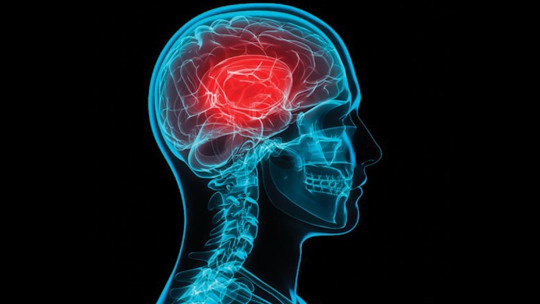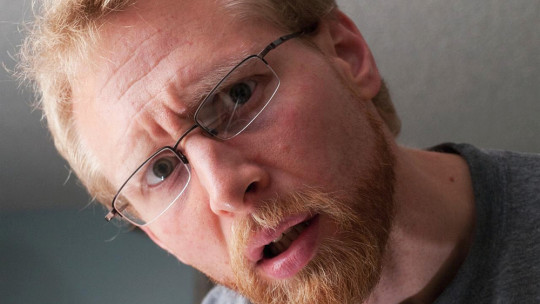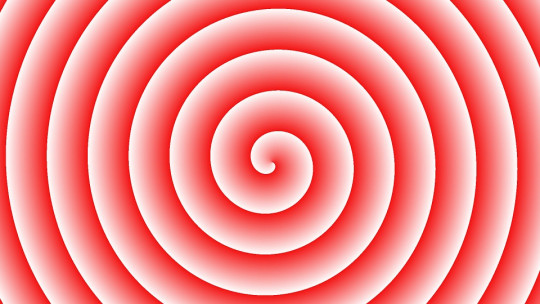
The phenomenon of human memory is one of the most studied cognitive functions throughout the history of science, since in addition to being extremely complex, it is also extremely treacherous.
One of the phenomena that distort people’s reality is confabulations understood as false products of memory.
What are confabulations?
Confabulations constitute a curious phenomenon that is difficult to explain. First of all, They could be defined as a type of false memory due to a memory retrieval problem
But there are differences between false memories and confabulations, and the latter go beyond the category of normal; either because of the high frequency with which they appear or because of their strangeness.
On the other hand, the person who suffers from them is not aware of it, coming to take these memories as genuine and not doubting their veracity. The content of the confabulations varies greatly from one person to another, and can range from stories related to the experiences of the patient or other people, or can become genuine constructions completely invented by the patient.
Furthermore, the degree of credibility can also be different from one person to another. Managing to contain the most common stories (telling that he has gone to buy bread), and therefore credible; even the most absurd and disproportionate stories (telling that one has been abducted by aliens).
Classification of confabulations: Kopelman vs. Schnider
Throughout history, confabulations have been classified according to four criteria:
However, the most accepted classification by the scientific society is the one made by Kopelman. Which he considered that the most relevant thing to take into account was the way in which these arose; distinguished into two types. They are the following.
1. Spontaneous confabulations
They are the least common and are usually related to another integrated amnestic syndrome along with another dysfunction.
2. Provoked conspiracies
These phenomena are much more frequent in amnesic patients and are observed during the administration of some memory test. They are similar to the errors that a healthy person may make when trying to memorize something with a long retention interval, and may represent a habitual response according to an altered memory.
Another classification was proposed by Schnider, who ordered them into four genres according to the different production mechanisms. Although these groupings do not enjoy unanimous validity by the scientific community, they can help the reader understand what they are about.
3. Simple provoked intrusions
This term includes distortions that appear when the person is pressured to remember the details of a story. An example would be when the person tries to remember a list of words and unconsciously introduces new words that are not in it.
According to Schnider, these types of intrusions do not correspond to a specific recovery mechanism.
4. Momentary confabulations
They refer to the false statements that a patient makes when prompted to make a comment in a conversation. Compared to other confabulations of more fantastic content, these may be completely plausible and believable on the part of the listener, although they may be incompatible with the person’s current state and circumstances.
For example, the patient may say that he is going to take a trip abroad when, in reality, he is admitted to the hospital.
Momentary confabulations are the most common of all, but they are not yet fully understood, so it is not clear whether they have their own mechanism.
5. Fantastic confabulations
As their name suggests, these confabulations have no basis in reality; and are common in patients with paralytic dementia and psychosis.
These confabulations are absolutely inconceivable from a logical point of view and make no sense whatsoever. In addition, they are not accompanied by the behavior that corresponds to them.
Causes
The report of confabulations is usually typical of patients with damage to the prefrontal areas of the brain, specifically the basal forebrain; including here the orbitofrontal and ventromedial areas.
The disorders and diseases that present the greatest number of confabulations are the following:
On the other hand, from a neuropsychological point of view, three hypotheses are distinguished, which differ in the degree to which memory impairment affects confabulations. These are the hypothesis focused on memory dysfunction, focused on executive dysfunction, or the dual hypothesis.
1. Memory dysfunction
This first assumption is based on the idea that amnesia is a necessary condition for the patient to confabulate At the time, confabulations were considered a different form of amnesia. A belief that is still maintained today since these appear predominantly in neurological disorders that lead to memory impairment.
From this hypothesis, it is insisted that confabulations are a way of “filling in” the gaps left by amnesia.
2. Executive dysfunction
Executive function includes self-directed, internally goal-directed cognitive abilities These functions direct our behavior and our cognitive and emotional activity.
Therefore, this hypothesis establishes that confabulations are the result of problems in this executive function. The evidence supporting this theory is that such confabulations decrease when executive functioning improves.
3. Dual hypothesis
The third and last hypothesis maintains that The production of confabulations is due to a joint involvement of deficient procedures both at the level of memory and executive functioning.
Explanatory models of confabulations
The difficulty involved in defining confabulations in a concrete way, explaining them as false memories but that are completely truthful for the patient; makes it necessary to develop explanatory models by researchers.
During the beginning of research into confabulations, the models insisted that these arose from the patient’s need to compensate for memory gaps. However, even though the emotional aspects are taken into account, this model has been surpassed today.
Besides, From neuropsychology there are several suggestions for explaining this phenomenon These are grouped between those that define confabulations as a problem of temporality, and those that give greater relevance to the recovery process.
1. Theories of temporality
This theory supports that a confabulating patient suffers from a distorted sense of chronology. In this sense, patients are able to remember what happened but not the appropriate chronological order.
The theory of temporality is supported by the observation that most confabulations can find their origin in a true but misplaced memory.
2. Recovery theories
Human memory is considered a reconstructive process, and confabulations are a great example of this.
According to these theories, confabulations are the product of a deficit in the memory retrieval process. The strongest evidence is that it affects both the most distant memories and those acquired once the deficit is established.
Even so, memory recovery is not a single process so it would be necessary to determine which specific aspects are deteriorated.








